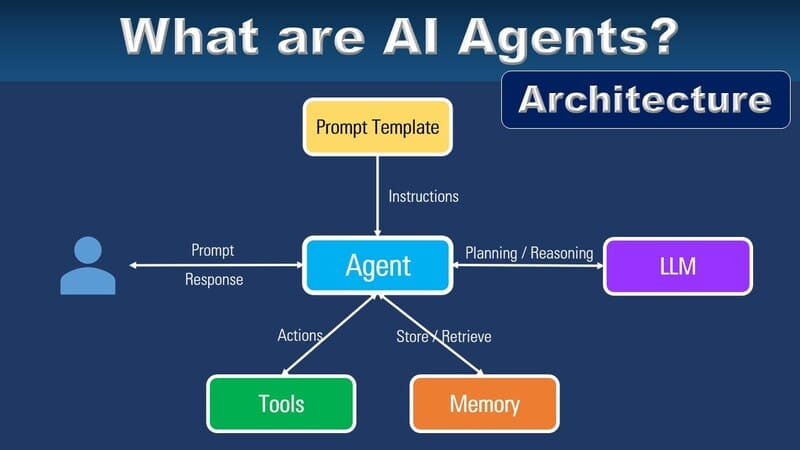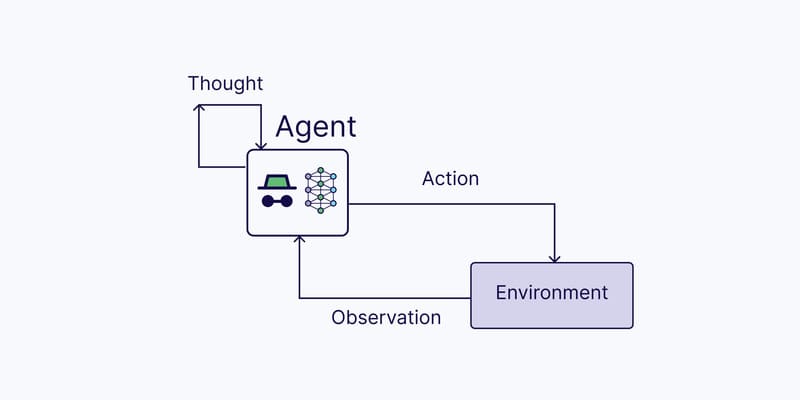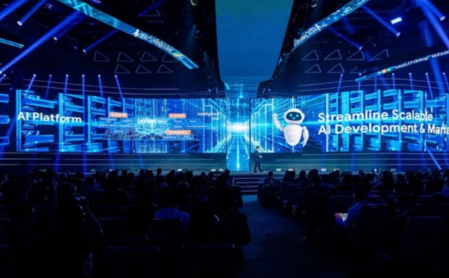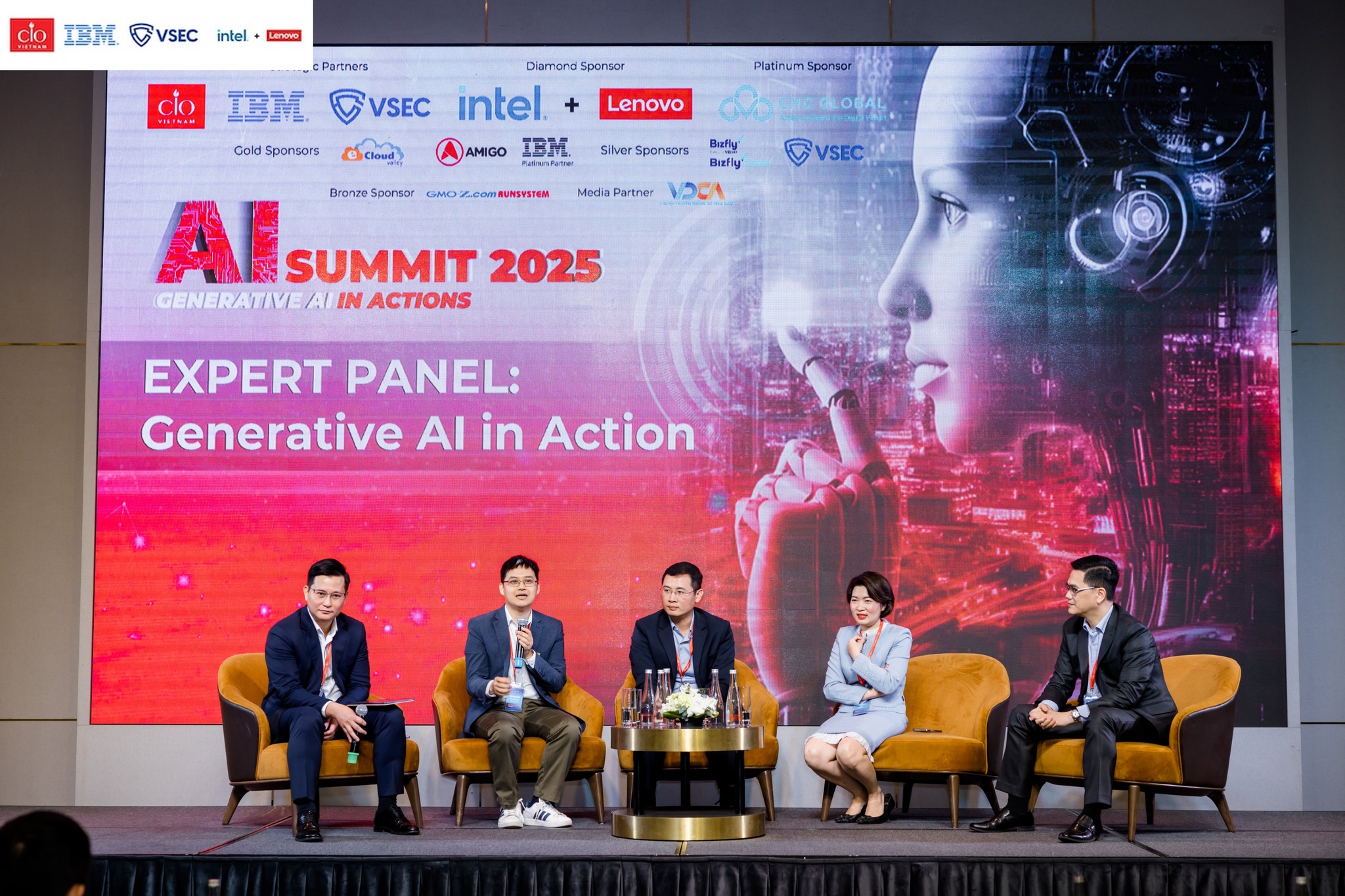From DeepBlue to AlphaGo
When celebrated champion Lee Sedol lost to AlphaGo in March 2016, millions were left speechless. The game of Go, long considered the last bastion of human intellect in mind sports, had fallen years earlier than expected. However, it took AlphaGo’s own defeat by AlphaGo Zero a few months later to really put things into perspective. While the original was trained with thousands of past games as well as online opponents, AlphaGo Zero trained itself from just the rules of Go.
This stunning chain of events were but one of the many heralds for the triumphant return of AI. Having survived through two bitter winters of the 1970s and the late 1980s, when inflated expectations brought disappointment and abandonment, AI has clawed its way back through years of research and adoption by technology giants. While not quite as omniscient as Skynet or the Matrix, AI applications now power much of our lives, from essential industries such as energy, manufacturing, and transportation to something as mundane as watching a Youtube video.
And just like chess after Deep Blue, the sport of Go will survive and thrive, though forever changed by the arrival of superhuman oracles.
The third wave
By many accounts, the world is on the verge of the third wave of AI technology.
The first wave saw the rise of expert systems constructed with domain-specific human knowledge. Though capable of deductive reasoning within predefined situations, these systems cannot learn from new examples or deal with probabilistic uncertainty. Thus despite early hits such as the XCON system, which saved Digital Equipment Corporation $40 million in the 1980s, the rigidity of expert systems eventually led to their falling out of favor and contributed to the second winter of the AI.
The second wave, driven by statistical machine learning, has recently taken the world by storm. In contrast with expert systems, machine learning is by nature capable of learning directly from examples and much of machine learning models are built on probabilistic principles. In particular deep learning algorithms can learn from massive datasets and are the current state-of-the-art in the vast majority of AI applications. With heavy investment from most big players in the digital economy such as Google, Facebook and Alibaba, it is fair to say that the fourth industrial revolution is riding on this second AI wave. Traditional industries such as finance, automobile and energy are increasingly looking to AI for transformational opportunities. Last but not least, a vibrant global startup ecosystem has sprung up around the democratization of AI, where AI powerhouses openly share the fruits of their research and basic AI capabilities are commoditized.
For all its success and influence, there are inherent weaknesses to the current statistical learning approach to AI such as the lack of deductive reasoning and abstraction capabilities. Though powerful, these statistical models are entirely dependent on the examples they are given; and behind their statistically impressive accuracy sometimes lie questionable mistakes. The image below from the article Explaining and Harnessing Adversarial Examples (Goodfellow et al.) shows how such blunders can be engineered. The image of a panda was altered very slightly so that most humans probably cannot tell the difference, but the deep learning model became 99 percent certain that the new image was of a gibbon.
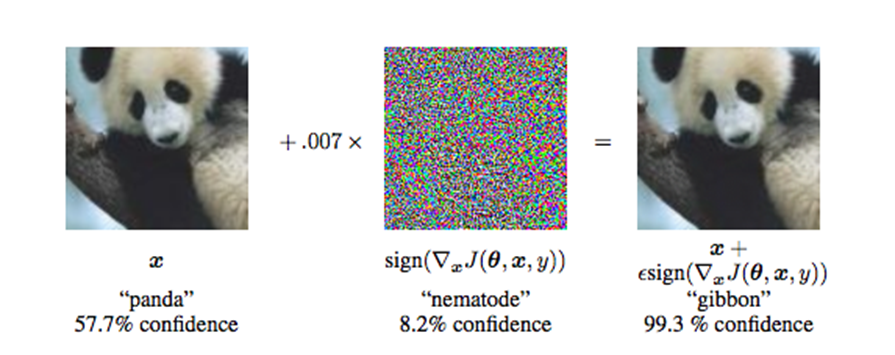
There is a growing belief that the current approach is about to hit a wall with regard to improving the learning and reasoning processes, and that a new paradigm is needed to put true intelligence in AI. Some have put forward the concept of a third AI wave to come, where the predictive capability of today’s AI is supplemented with reasoning, abstraction and contextual awareness. These combined powers could take us a step closer to a general AI and may well revolutionize the digital economy once more.
AI@FPT
FPT Corporation considers AI a cornerstone of its digital transformation with many applications in diverse domains. Beyond leveraging AI in its solutions and services, the Corporation’s medium-term goal is to build a competitive, commercially viable AI platform and to make FPT a recognized brand in the international AI community.
At the time of writing FPT has developed AI capabilities in computer vision, natural language understanding, speech recognition and synthesis, chatbots etc. These capabilities have found applications in autonomous vehicles, traffic control, healthcare, media, e-commerce and other domains. In the upcoming months the Corporation will intensify its AI efforts in selected areas such as finance, smart manufacturing, robotic process automation and human-machine interface.
So far FPT has been a beneficiary of the democratization of AI. However, in the same way that the AI world has to go beyond the deep learning wave, it is impossible to maintain competitiveness in the AI field solely by riding on the advances of others. This is doubly true in the event of a paradigm shift, as current tools and expertise fall into obsolescence. Consequently, it is crucial for FPT to build strong capabilities and robust mechanisms for AI research, in order to stay afloat and push forward in the next wave of AI.
About the author:

Dang Hoang Vu – Senior Data Scientist, FPT Technology Innovation Department
Dr. Dang Hoang Vu completed his Ph.D. in Mathematics at the University of Cambridge, followed by eight years in computing R&D. He has worked on various areas such as computer vision, e-commerce, recommendation systems, and healthcare analytics. His current responsibilities include hands-on research as well as scientific oversight of other projects within his department.
(Published on the FPT Technology Magazine, FPT TechInsight No.2)








